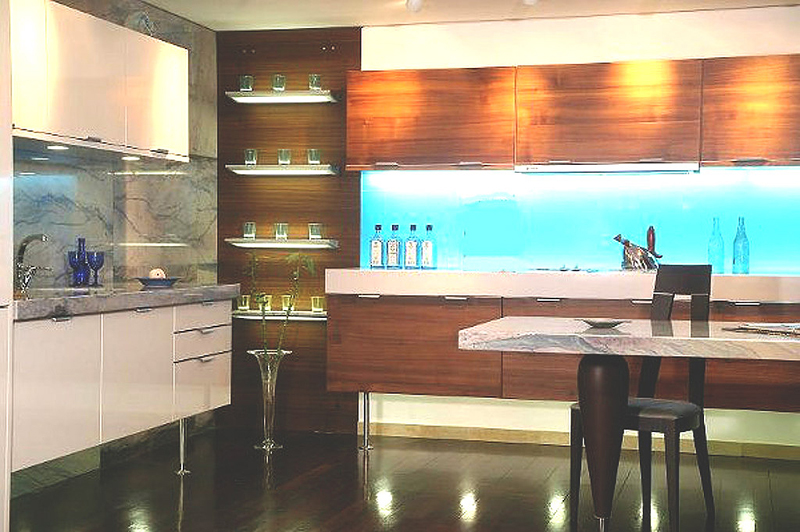
If you’re considering a makeover for your kitchen and don’t know where to start on flooring choices, there are many factors to consider. While the kitchen isn’t as moist as the bathroom or laundry room, it does have to endure some pretty tough conditions, from steam and splashes to spills from washing cooking. As the central hub for a home, kitchens have to handle a high amount of foot traffic as well as a lot of wear and tear.
That’s why you need to choose a durable flooring that is moisture-resistant, stain-resistant, and scratch-resistant. It also must be easy to clean and maintain. From hardwood to laminate, here’s a look at the many choices you have at your disposal. Partner with a Boston kitchen remodeler to further guide you in your decision.
Top Kitchen Flooring Options
As said above, the ideal flooring options for kitchens are those that can withstand moisture, are easy to clean, and can hold up to lots of foot traffic. The types that best meet those needs include:
- Engineered wood flooring
- Luxury vinyl tile (LVT)
- Vinyl roll or sheet
- Ceramic or stone tiles
- Laminate
They are all water-resistant and can handle steam and temperature changes relatively well in a kitchen. If you had to choose, LVT and vinyl are the best for withstanding moisture. All of the above choices are easy to clean and are durable enough to withstand foot traffic.
They all come with different price points, though. Vinyl is the most affordable and can be installed by yourself. However, tile is more expensive and should be installed by a professional.
Flooring Types to Avoid
The worst flooring types for a kitchen are solid wood and carpets.
Carpets are great elsewhere in the house because they are soft and comfortable underfoot. However, they are not easy to clean and remove stains from. Carpeting also gets worn very quickly.
If you absolutely must use wood flooring, opt for engineered hardwood rather than solid hardwood flooring. A natural material, solid wood expands and contracts with changes in temperature and moisture levels. This is a problem in a kitchen where steam and moisture are common. Engineered wood, on the other hand, is more durable and can more readily handle changes in humidity, temperature, and moisture.
A Closer Look
Let’s take a closer look at a few different flooring materials for kitchens.
Vinyl
Practical and affordable, vinyl is great for homeowners on a budget.
Luxury vinyl tile (LVT) and vinyl roll (AKA sheet vinyl) are easy to clean and maintain, are durable and moisture-resistant. As such, they can handle kitchen spills and splashes arising from washing and cooking very well.
Vinyl flooring is also soft underfoot and warm, which is great if you spend a lot of time standing to cook. Due to this soft landing, cups and dishes aren’t as likely to break, unlike ceramic tile which can be cold and unforgiving.
Engineered Wood
Solid hardwood and engineered wood flooring are both good options for kitchens, but engineered woodis a better choice. Unlike natural wood, engineered wood does not expand and contract as much, so it can handle changes in temperature, moisture and humidity better.
Laminate
While laminate has a water-resistant top layer, water can seep under that and harm the base layers.
Ceramic and Stone Tiles
Extremely durable and moisture resistant, ceramic tile is a good option for kitchens. However, it can be solid and hard, making it less comfortable to stand on for long periods of time. Dishes and other items are also prone to breaking if dropped on this material.
Contact AD Construction
If a kitchen makeover is in your future, we welcome you to get a free quote and consultation from our Boston kitchen remodelers when you contact us at 877-345-BUILD.

